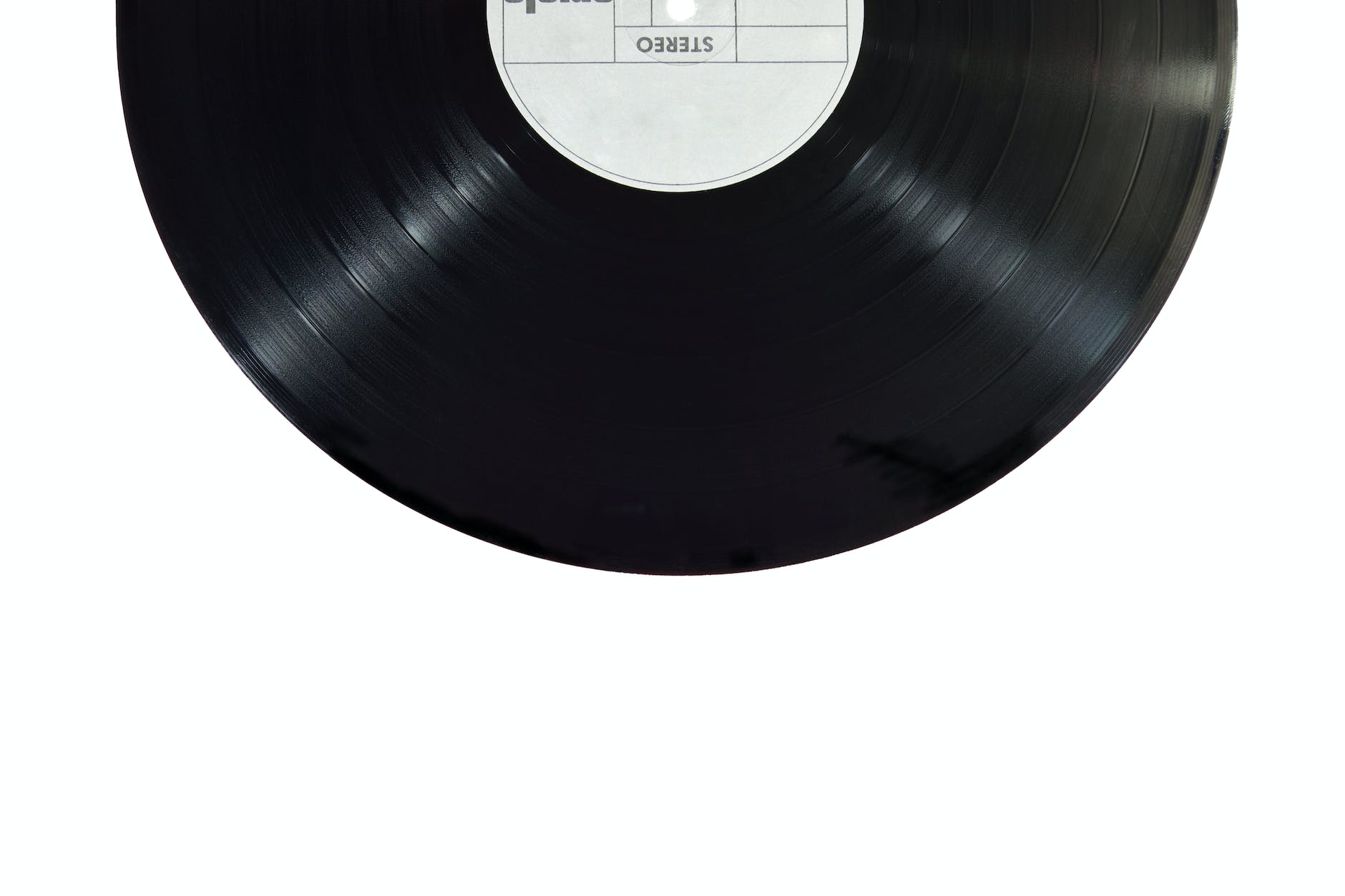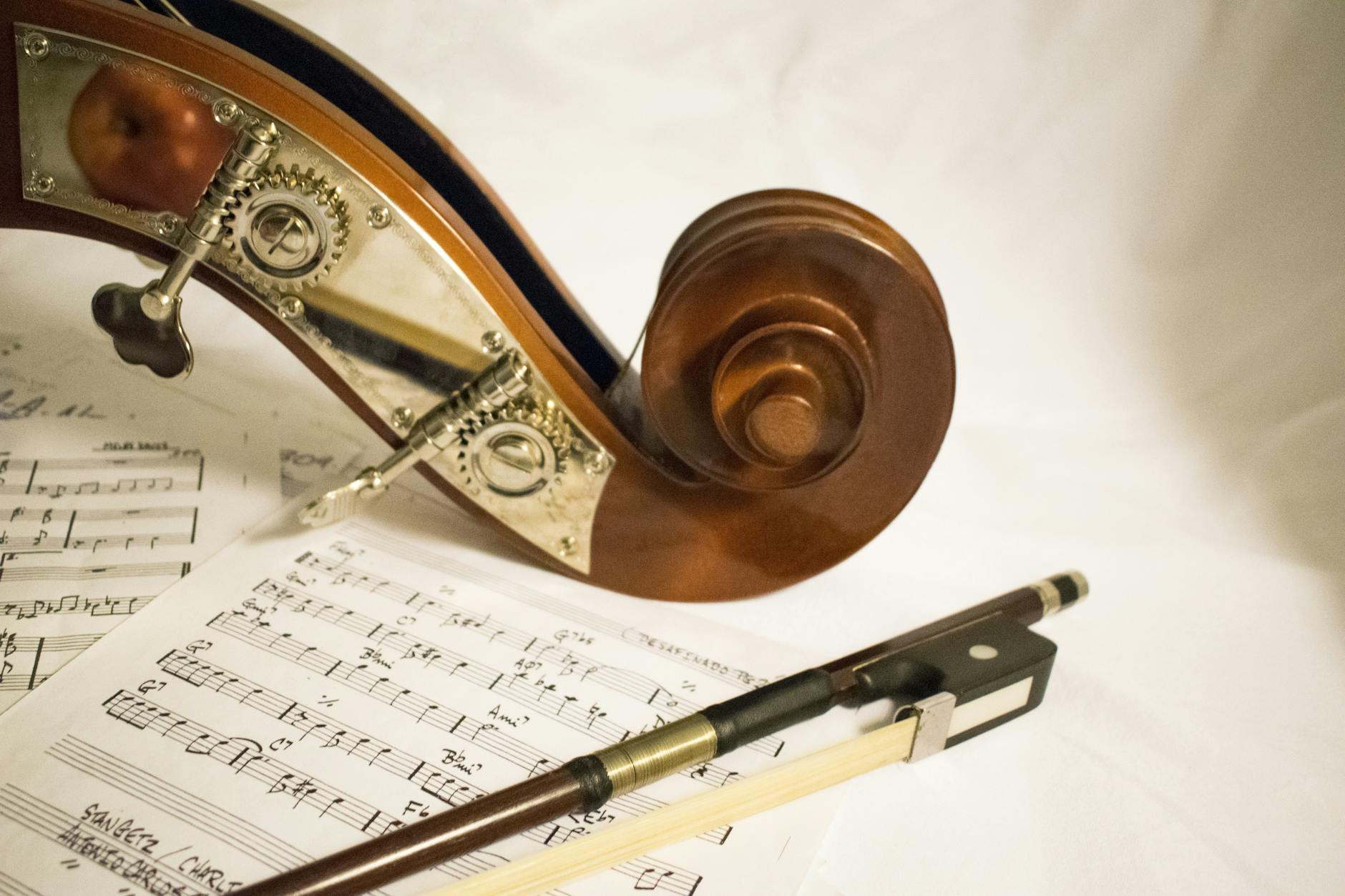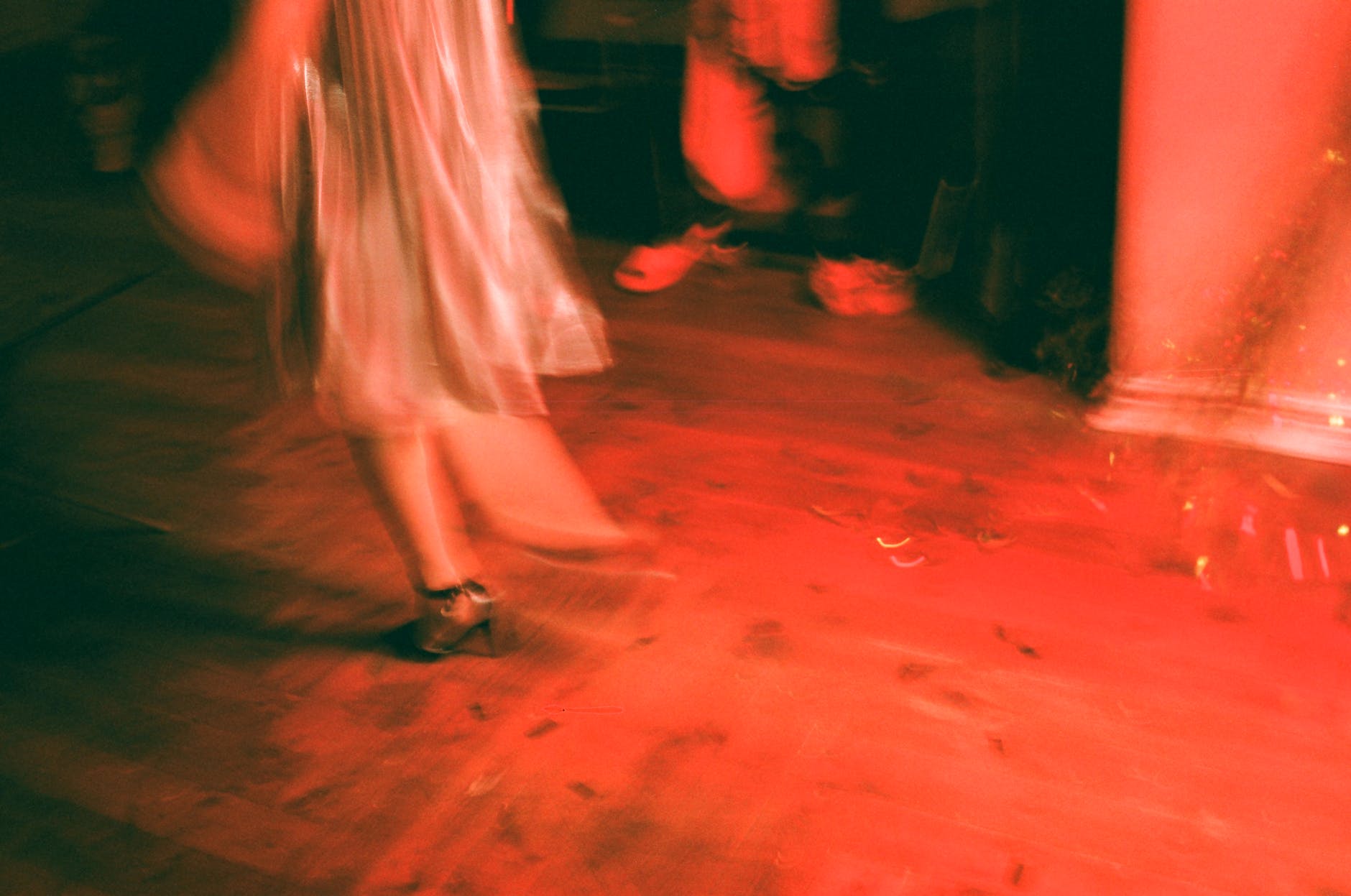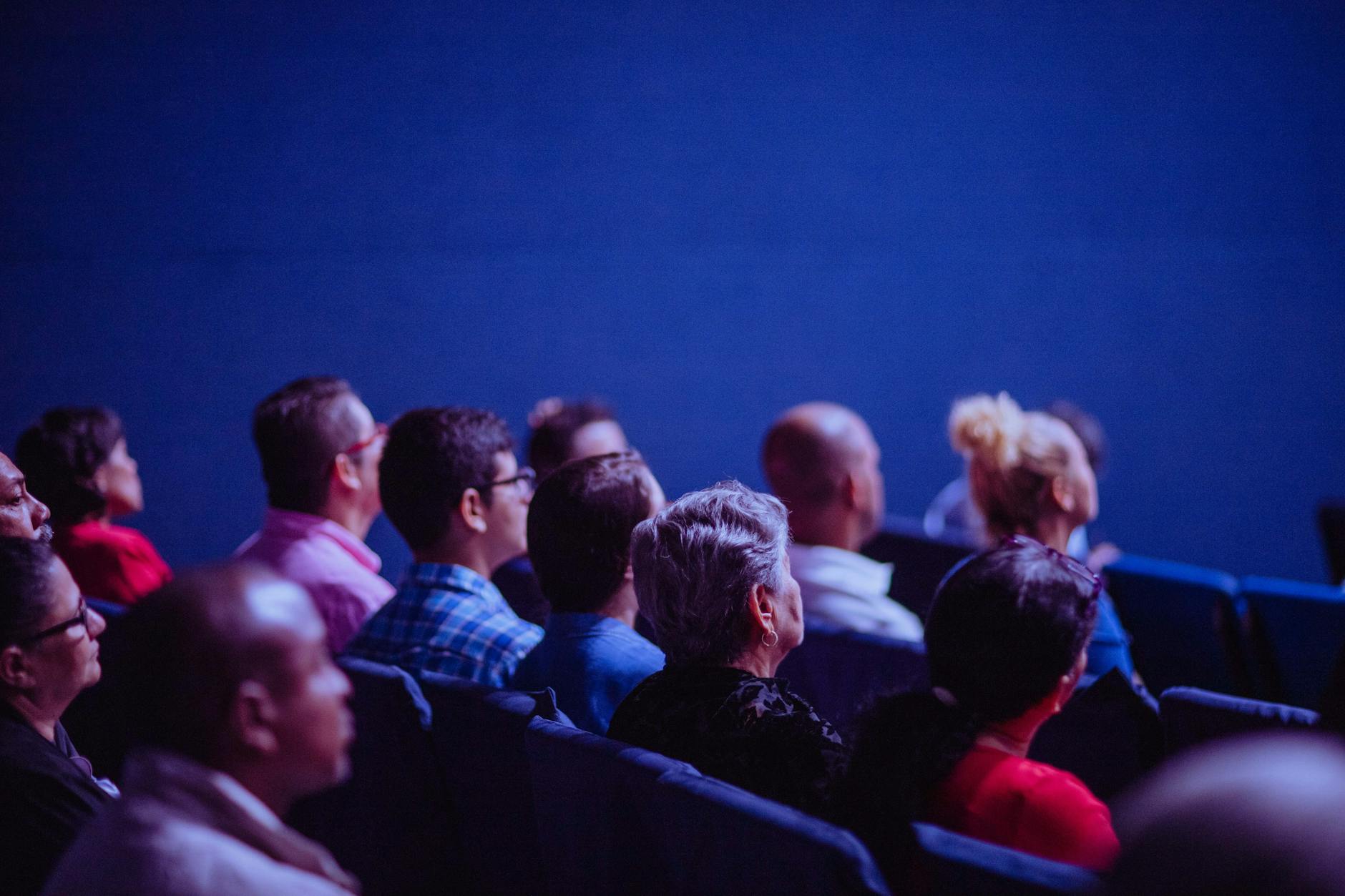The 1960s and 1970s were remarkable times—the birth of the counter culture, the height of rock and roll, and the onset of an era that changed the face of music and art forever. An overlooked yet notable influence during this age was the impact of psychedelics. Their impact not only reshaped the musical landscape through the creation of psychedelic music, but also inspired an innovative and symbolic form of album artwork that remains iconic to this day.
Psychedelics, as substances that instigate mind expansion, fundamentally altered how artists conceived music. Creatives, in their yearning for novel soundscapes, discovered that the altered states of consciousness induced by psychedelics facilitated an intense sense of improvisation. This inspired the genesis of psychedelic music. This genre is embodied by rich, varied instrumental textures often employing electronics & unique sounds and extended solo sections promoting experimentation.
The psychedelic music scene emerged as a considerable force in the rock and roll counterculture. Musicians such as Grateful Dead, Jimi Hendrix, and Pink Floyd heralded the genre. Their music offered a sonic escape, transcending the listeners to different dimensions—much resembling the psychedelic experience itself. It wasn’t just about the music, though. Psychedelics transcended the sound barrier, branching into the visual artistry connected to the music—specifically, album covers.
Album artwork became crucial during this era. The creation of LP records provided a large canvas, allowing artists to create intricate and symbolic works of art that represented the music inside. The psychedelic culture influenced artists to use vibrant, swirling colors, distorted or surreal images, and non-traditional typefaces to design around the albums—a direct reflection of the psychedelic visuals experienced under the influence of these substances. These designs were more than just package design; they served as visual counterparts to the mind-expanding sounds contained within the album.
Artists such as Rick Griffin, Martin Sharp, and Victor Moscoso became pioneers in creating psychedelic artwork, with their most notable works gracing the album covers of rock bands like Cream, the Rolling Stones, and the Beatles. The Beatles’ album, “Sgt. Pepper’s Lonely Hearts Club Band,” with eye-popping colors and a collage of famous figures, perfectly encapsulates this psychedelic visual trend. An article from the Literary Hub, highlights many such psychedelic-tinged album covers, underscoring the influence these experiences had on visual art just as much as it did on music.
These psychedelic influences did not stop at the individual albums. They further transformed music festivals, turning them into a spectacle of sound and vision. In fact, the iconic poster art for Woodstock and the trippy light shows that filled the screens behind bands at Monterey Pop Festival serve as visual testaments to the influence of psychedelic visuals on the overall musical experience.
Today, the influence of psychedelics can still be traced back to pop culture. Contemporary artists like Tame Impala and MGMT have made a substantial impact by creating modern psychedelic music that borrows elements from its ancestral roots. Simultaneously, album art continues to surprise us with designs reminiscent of 60s and 70s psychedelia, merging art and sound to tell holistic, mind-expanding stories.
While the strength and appeal of psychedelic music and visuals vary across time and culture, they have indubitably left a significant mark on the world of music and album art. Psychedelics have influenced an era, unlocking exciting soundscapes, stirring improvisation, and birthing vibrant, symbolic artwork that shaped rock and roll, affected counter culture, and created music festivals as we know them today.
Open Culture‘s article on how psychedelics influenced the Beatles’ album further emphasizes just how profound this influence was. It is an exploration worthy of our time. As mind expansion continues to influence art and music, we undoubtedly will continue to see the reflection of this psychedelic past in our present and future.








